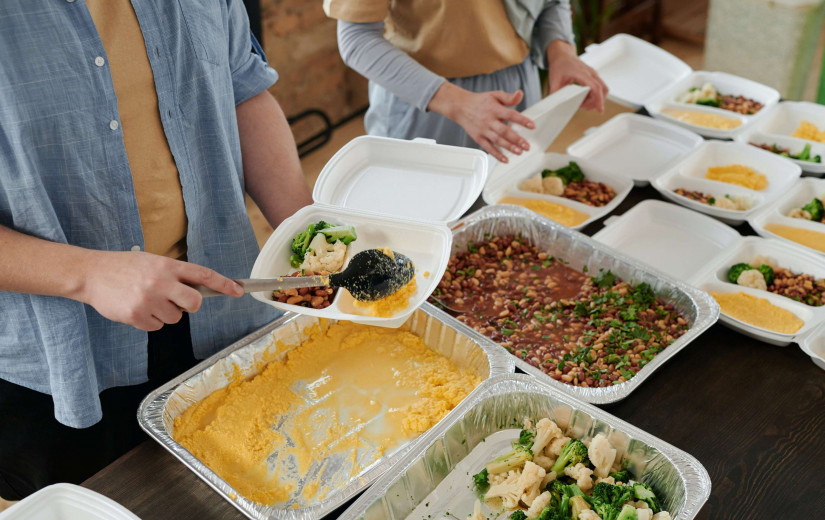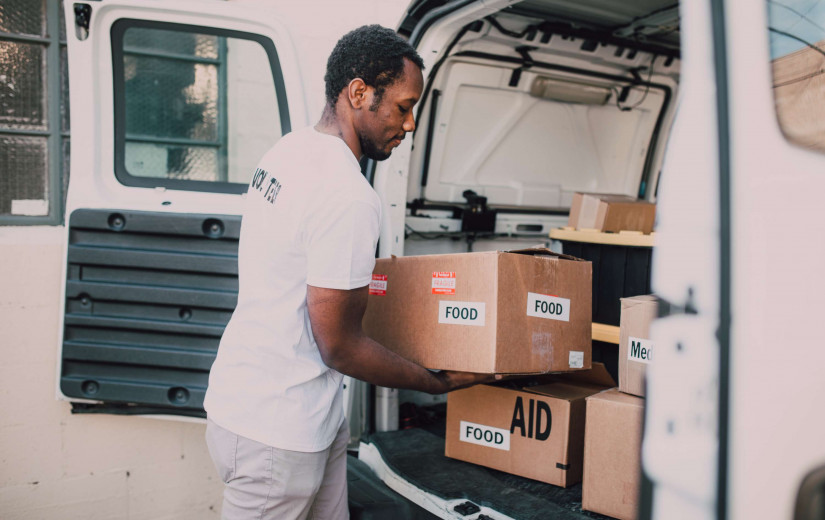Food Assistance Programs Adapt to Help More Families
Putting food on the table is a basic need for every family, yet far too many struggle with food insecurity. Important food assistance programs aim to alleviate hunger, especially the Supplemental Nutrition Assistance Program (SNAP), commonly known as food stamps.
Recent changes expand SNAP to help even more families afford nutritious food.
The U.S. Department of Agriculture (USDA) adjusts SNAP benefit amounts and eligibility requirements each year based on inflation and cost-of-living data.
On October 1, 2023, maximum SNAP allotments increased for recipients in all states. This boost accounts for rising food costs, helping SNAP stretch further for each household.
In addition to larger benefits, eligibility rules will relax starting October 2024. The qualifying age for seniors will extend from 60 to 65 years old. The age limit for able-bodied adults without dependents will also increase from 49 to 54.
These adjustments acknowledge the struggles many 50-somethings face finding employment with living wages and benefits. Expanding age limits enables more individuals to receive SNAP temporarily while getting back on their feet financially.
SNAP modernization continues with growing online purchasing options. Since the USDA launched the online SNAP grocery pilot in 2019, all 50 states now participate. Buying food online provides convenience and reduces reliance on transportation for SNAP recipients.
Early data shows online purchasing through SNAP spiked during the pandemic as more retailers offered it. This trend will likely continue as the program evolves.
While SNAP provides critical food assistance to millions of Americans, food banks fill gaps in communities across the country.
Feeding America coordinates a network of 200 food banks and 60,000 food pantries and meal programs. Food banks obtain donations and distribute food to local partners serving people in need. Food banks also assist with SNAP applications and nutrition education.
With rising inflation straining family budgets, SNAP improvements and local food banks offer hope. Continuing to strengthen food security nets will ensure fewer people fall through the cracks. No one should have to choose between paying bills or buying enough food.
Anyone facing tough times can turn to SNAP and community food assistance. Even small changes make a big difference in keeping food on the table.

















